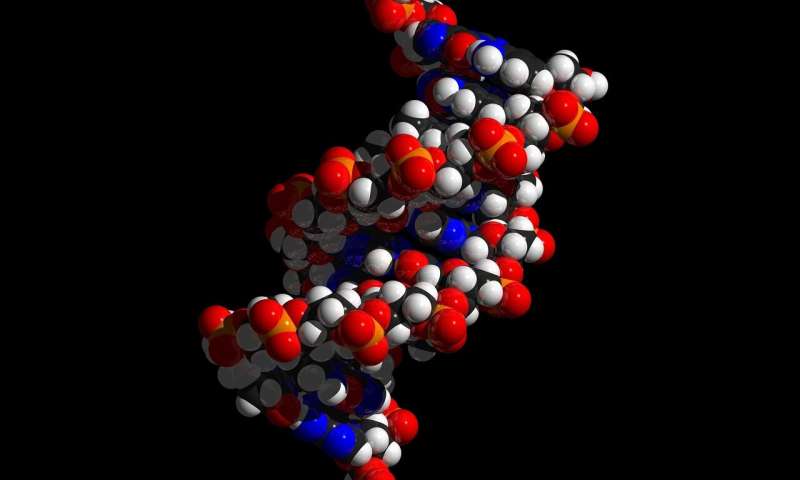
MicroRNAs (miRNAs) are evolutionarily conserved small noncoding RNAs—bits of genetic code that serve as critical gene regulators in many aspects of biological processes important for human health. Due to their essential roles in gene regulation, miRNAs are tightly regulated, and abnormal miRNA expressions have been linked to cancer, neurological disorders, cardiovascular diseases, and other diseases.
Understanding how miRNAs are regulated has been the focus of intense recent study. Over the years, scientists have discovered multiple protein regulators of miRNA biogenesis cellular pathways, and it is often perceived that these protein factors act on largely passive miRNA processing intermediates to direct their maturation. Now, the lab of Qi Zhang, Ph.D., associate professor in the UNC Department of Biochemistry and Biophysics, discovered a new RNA-centric mechanism by which miRNA processing intermediates can play direct, active roles in regulating miRNA biogenesis.
These findings, published in the journal Nature Chemical Biology, unveil that a 'hidden' layer of regulation by which the intrinsic dynamic ensemble of miRNA processing intermediates can direct the outcome of important biological processes in response to environmental and cellular stimuli in the absence of protein factors. If these processes go awry, then disease could result. Understanding the roles of miRNAs in disease is a needed step in finding new routes to better therapeutics.
MicorRNA-21 (miR-21) is involved in the creation, progression, metastasis of cancerous tumors, and it is involved in cell survival. When Zhang's lab studied miR-21 using NMR relaxation dispersion—an advanced imaging technique capable of detecting sparsely populated transient states that often evade conventional detection techniques—they found the precursor of miR-21 exists as an ensemble of dynamic conformational states, which is surprisingly sensitive to the acidity of the environment.
They discovered that, across physiological conditions, about 1—15% of the miR-21 precursor carries one additional proton, the smallest chemical modification known as protonation. With a lifetime of approximately 0.8 milliseconds, this protonated state sequesters a key residue into a new structure that substantially enhances the efficiency of processing the precursor into mature miR-21.
With these powerful "imaging" techniques, scientists can now unveil transient RNA states as the 'hidden' layers of regulation, including a fleeting riboswitch state important in controlling gene transcription—a state the Zhang laboratory discovered in 2017.
"We think these techniques add more promise for new strategies to create RNA-targeted therapeutics," said Zhang, a member of the UNC Lineberger Comprehensive Cancer Center. "And that is our goal; we need better targeted therapies for many diseases including cancers."

